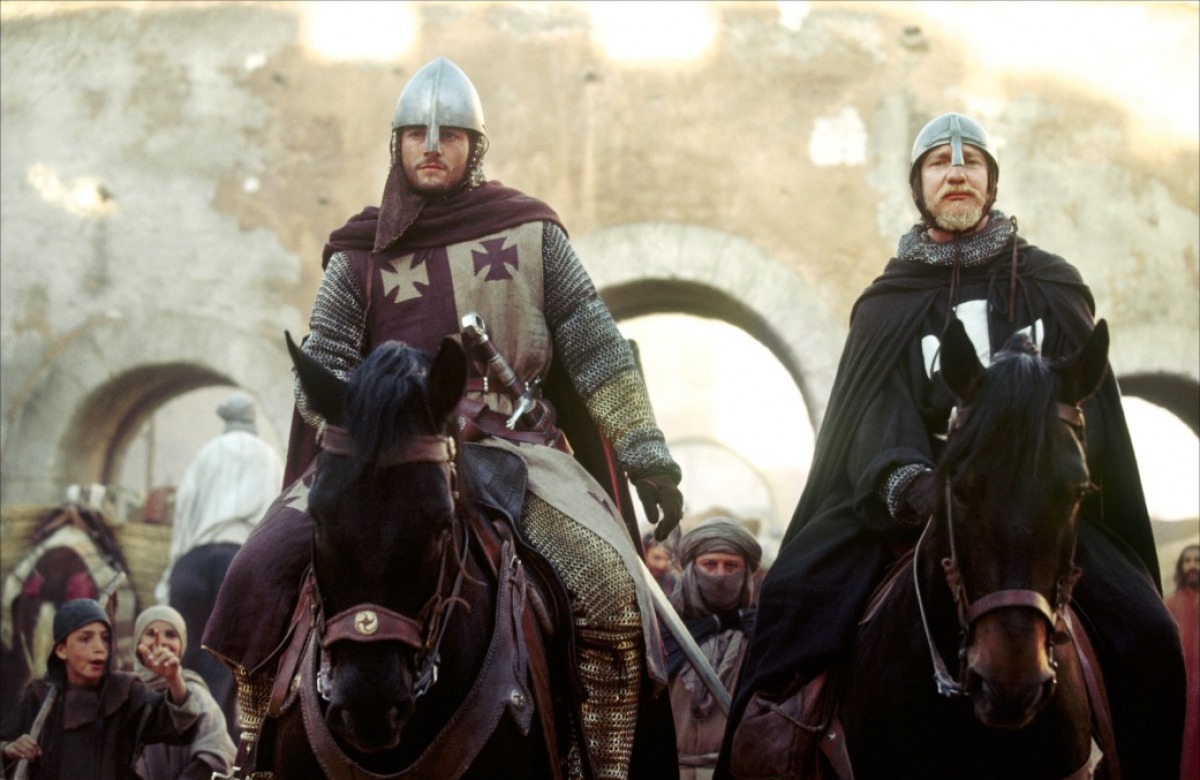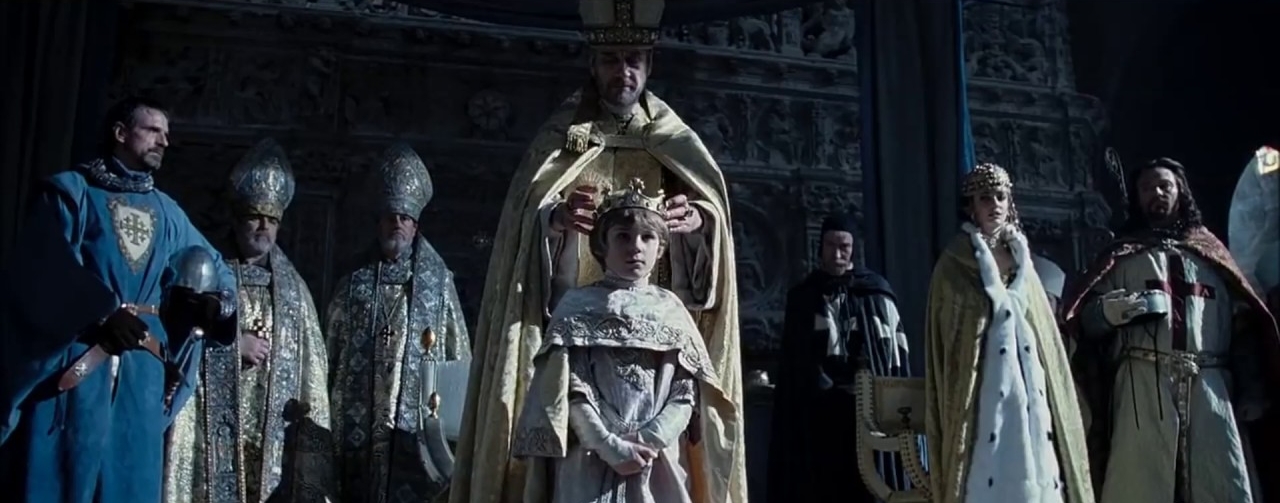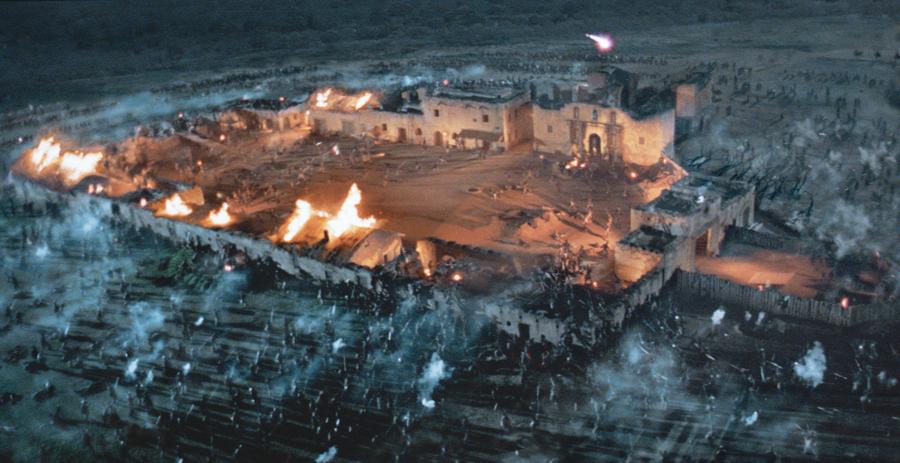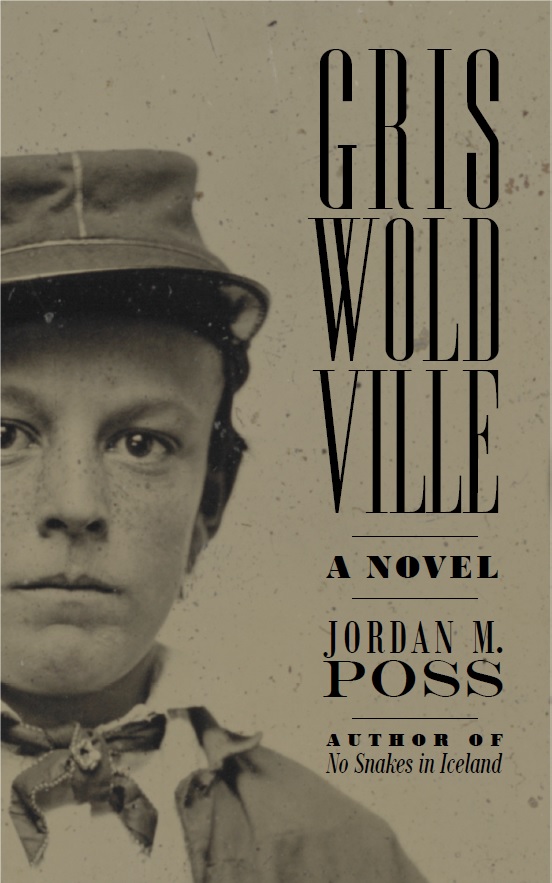Margaret's death left Scotland with no apparent heir to the throne. Over a dozen claimants—including Margaret's father and several grandchildren of illegitimate children of a previous king—came forward. Only four of them had serious grounds to claim the throne, but the waters were sufficiently muddied that the Guardians asked King Edward to monitor the dispute. Ever the opportunist, Edward—who had already spent fifteen years subduing Wales—agreed on the condition that the Scots lords swear loyalty to him as Scotland's feudal overlord. The council chose John Balliol as king, and Edward proceeded to treat him as an servile underling.
Four years later, Balliol, bridling at Edward's overlordship, renounced his oath. Edward invaded across the then-porous frontier, rapidly defeated the Scots, capturing many of their lords, and forced Balliol to abdicate. Edward returned to England with Balliol as a prisoner and the Stone of Scone, the traditional seat used during Scottish coronations, as a trophy. (It remained in the base of the coronation throne of the kings and queens of England up through the coronation of Elizabeth II in 1952.) Edward required homage of all the leading Scottish nobility and installed English lords throughout Scotland.
In May of the next year, 1297, William Wallace first appears in the historical record. He probably (more on sources below) killed an English sheriff in an incident at Lanark, probably in revenge for a previous attack on him by the sheriff while at court. All the circumstances leading up to this attack are unclear, but Wallace rapidly emerged as a leading brigand, fighting from the forests as part of a general uprising against English rule with many similar rebel leaders. By September, Wallace had enough clout to join forces with Andrew Moray, a leading Scottish nobleman, and defeat an English army at Stirling Bridge. The badly outnumbered Scots used the local geography to their advantage, holding a narrow bridgehead in a bend of the river. Wallace cut the English army in half as it attempted to cross and defeated it in detail. For this victory, Wallace and Moray were named the two Guardians of Scotland, and when Moray died of wounds sustained in the battle a few months later, Wallace was left sole Guardian.
Edward mustered his strength and personally led a second invasion force into Scotland the following spring. In April, Edward and Wallace faced off at Falkirk, where Wallace's static infantry, arranged in a series of schiltrons, circular formations meant to ward off cavalry attack, were weakened, broken apart, and finally destroyed by English combined arms—infantry, cavalry, crossbow, and, especially, the longbow. Wallace's cavalry, receiving the brunt of the English cavalry's attack since it could not risk attacking the spearmen, fled. Wallace fled too, and gave up his title as Guardian that fall, just a year after his victory at Stirling Bridge.
After this year of frenetic activity, Wallace's movements become unclear. He is known to have continued fighting, but his reputation had suffered a crippling blow at Falkirk. Edward invaded again in 1300 and 1303, and either put his enemies to flight or convinced them to recognize his right to rule. Among those swearing to recognize his authority was Robert Bruce, grandson of one of the claimants to the throne after the death of Margaret. Edward behaved with clemency toward many Scottish nobles, recognizing that, after years of failed intervention, if he hoped to rule Scotland he would need their support.
The one Scot leader to whom Edward would under no terms grant mercy was William Wallace, who was captured near Glasgow and turned over to Edward in 1305. Taken to London in chains, Wallace stood trial on charges of treason and what modern people would call war crimes. The charge of treason, writes historian Marc Morris "was somewhat ironic, for Wallace was probably the only Scottish leader who had not sworn allegiance to the English king" at some point in the last twenty chaotic years. Wallace himself pointed out that he had never sworn fealty to Edward, but his judges were unconvinced.
On August 23, 1305, William Wallace was ceremonially dragged through the streets of London to Smithfield, the place of execution outside the city walls. There he was hanged until almost dead and, after being cut down while still alive, disemboweled. While the executioners beheaded and quartered his body, his guts were publicly burned. His head was mounted on London Bridge.
The film
Braveheart began with a trip by screenwriter Randall Wallace (no relation) to Scotland, where he noticed a monument to William Wallace at Edinburgh Castle. Having never head of this famous Wallace, he got the gist of the story from his tour guide, read a little about Wallace in the poetic retelling of a fifteenth century balladeer, and wrote his screenplay. Mel Gibson originally wanted to direct, but could only get financing for the film from a major studio if he also agreed to star. It's fortunate that he agreed; Gibson is what made—and still makes—Braveheart work.
Gibson had learned well from filmmakers he had worked with as a rising star. One can especially sense the influences of George Miller, his director in the Mad Max films, in the violence of the combat, the brilliant use of slow motion and jump cuts, and the apocalyptic dream imagery, and Peter Weir, director of Gallipoli, in the film's attention to atmosphere, landscapes, and the combination of magnificent natural beauty with violence. Crucially, Gibson was able to cut down Wallace's bloated original screenplay and refine clunky or unclear scenes, both to save money on the film's large but finite budget and to sell the story visually.









































